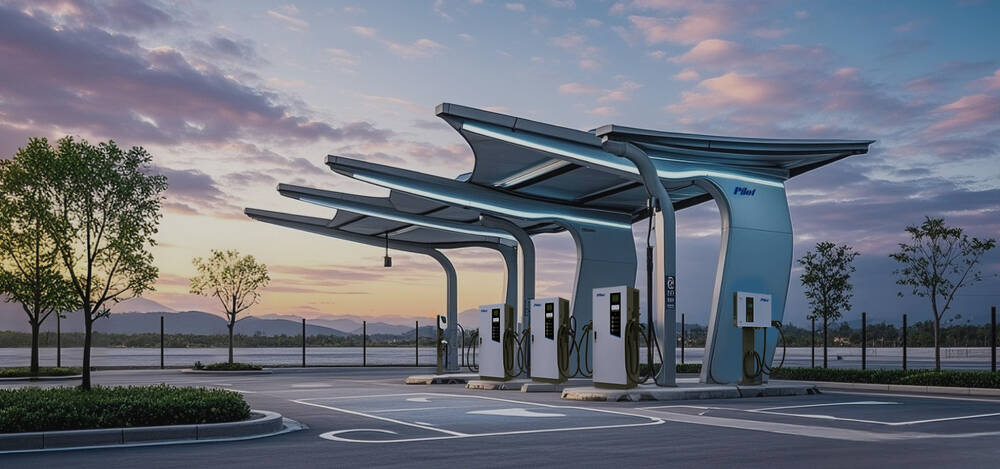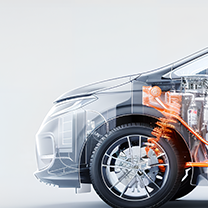
Products
Fast, Reliable, Everywhere

Solutions
Efficient, Innovative EV Charging Solutions.
News
We are committed to the innovation and application of EV charging.
As DC fast-charging infrastructure continues to expand rapidly, it is playing a critical role in enabling public EV adoption. However, achieving a return on investment (ROI) from fast-charging stations requires careful planning and diversification of revenue sources. Many operators leverage multiple monetization models to increase profitability.

Here are the three primary revenue streams for DC fast-charging infrastructure:
Charging customers directly for electricity is the most straightforward revenue stream. There are several pricing strategies:
Additional sub-streams:
Example Monthly Revenue Scenarios (50kWh/session):
| Use Case | Chargers | Sessions/Day | Price/kWh | Monthly Revenue |
|---|---|---|---|---|
| Coffee Break | 1 | 4 | $0.70 | $4,200 (low) / $8,400 (high) |
| Restaurant Visit | 2 | 2 | $0.56 | $1,680 / $3,360 |
| Highway Hub | 8 | 16 | $0.83 | $19,920 / $39,840 |
Collaborating with businesses, property owners, and municipalities can reduce setup costs and generate indirect revenue. Common partnership models include:
These partnerships can enhance brand visibility, increase foot traffic to host businesses, and accelerate ROI.
Longer dwell times at fast-charging stations present an opportunity for additional on-site revenue. While customers wait 15–60 minutes for a charge, they may:
Free charging can also be used as a value-added incentive to increase spending within a commercial facility. Alternatively, paid charging plus access to high-margin services offers a dual-income strategy.
Location is key to profitability. Ideal charging sites should have:
Poorly placed chargers may suffer low utilization, severely affecting ROI.
Yes, but with caveats.
Alternative models—such as leasing equipment, revenue-sharing with site hosts, or joining EMSP networks—can reduce initial investment and accelerate payback.
DC fast-charging stations represent a powerful business opportunity across multiple industries, not just for utilities and CPOs. With the right combination of:
...businesses can unlock new income streams, enhance customer experience, and contribute to the clean energy transition.
If you're exploring investment in EV fast-charging, understanding and implementing these three revenue models can help build a resilient and scalable charging network.
